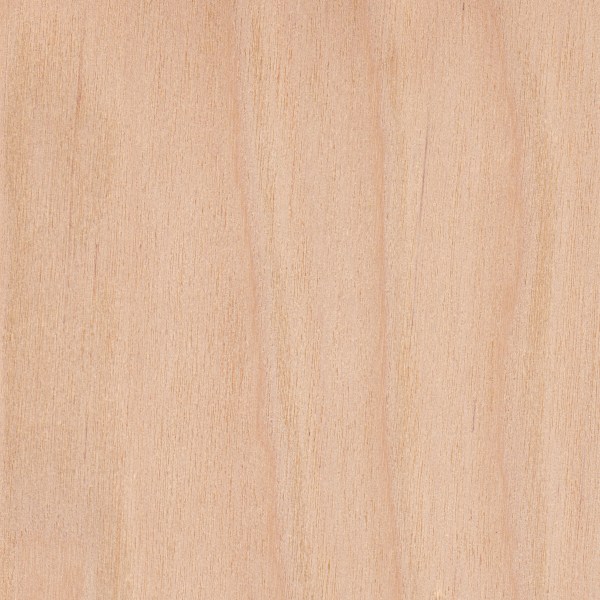Flame/Ice Birch
Color/Appearance: Heartwood tends to be a light reddish brown, with nearly white sapwood. Occasionally figured pieces are available with a wide, shallow curl similar to the curl found in Cherry. There is virtually no color distinction between annual growth rings, giving Birch a somewhat dull, uniform appearance.
Grain/Texture: Grain is generally straight or slightly wavy, with a fine, even texture. Low natural luster.
Endgrain: Diffuse-porous; primarily radial multiples; medium pores in no specific arrangement, moderately numerous to numerous; parenchyma maringal, and sometimes diffuse-in-aggregates (faintly visible with lens); narrow rays, spacing fairly close to close.
Rot Resistance: Birch is perishable, and will readily rot and decay if exposed to the elements. The wood is also susceptible to insect attack.
Workability: Generally easy to work with hand and machine tools, though boards with wild grain can cause grain tearout during machining operations. Turns, glues, and finishes well.
Odor: No characteristic odor.
Sustainability: This wood species is not listed in the CITES Appendices or on the IUCN Red List of Threatened Species.
Common Uses: Plywood, boxes, crates, turned objects, interior trim, and other small specialty wood items.
Comments: Birch is one of the most widely used woods for veneer and plywood worldwide. Besides regular sheets of plywood, Birch veneer is also used for doors, furniture, and paneling.



